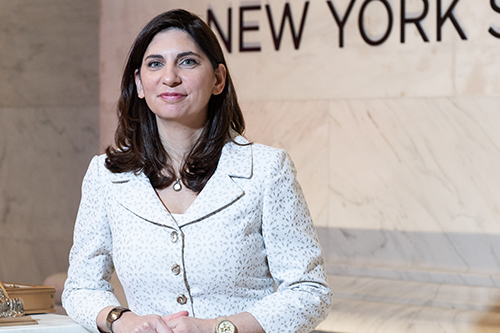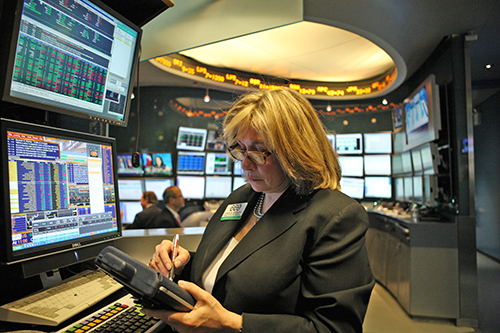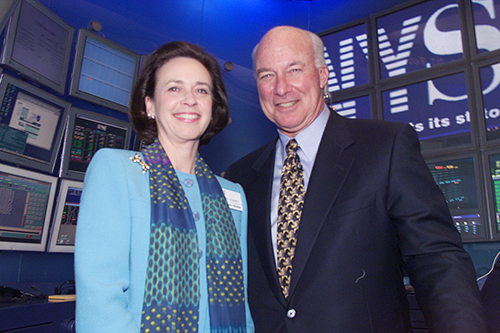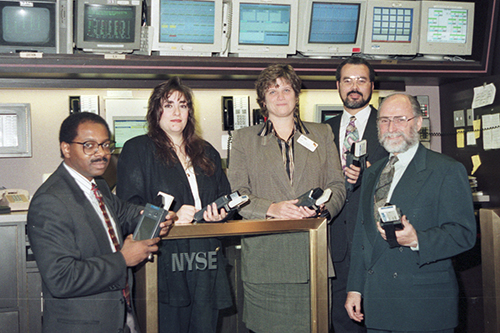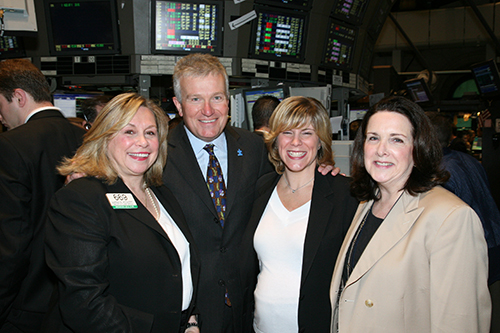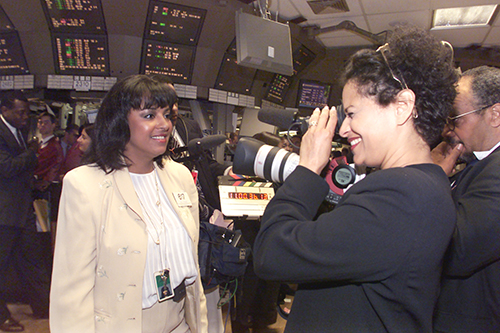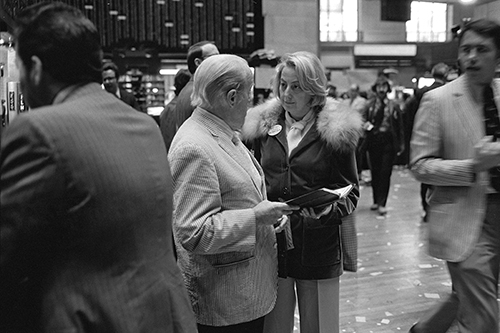
Women on Wall Street
A History of Women at the NYSE
The New York Stock Exchange (NYSE) has a long history of trail blazing women dating back to 1943, when more than three dozen women were deployed on the trading floor to fill positions vacated by soldiers sent overseas. This group was joined by many more that were employed by the NYSE and member firms until World War II ended.
In the decades since, there are many stories of women creating history in American finance.
Evolution of the NYSE Trading Floor
The nature of our business has changed over the past several decades with the introduction of technology and electronic trading in early 2000s, and today the majority of trading activity occurs electronically. A trader now can operate with similar efficiencies and economies of scale using a single computer, compared to 20 traders when markets were open-outcry. This means the workforce operating from the NYSE trading floor has contracted significantly, though the work they do is still vital for the functioning of our markets.
Today, the NYSE trading floor remains a vibrant community that includes members of the media, operations and technology employees, as well as the market maker and floor brokerage firms.
